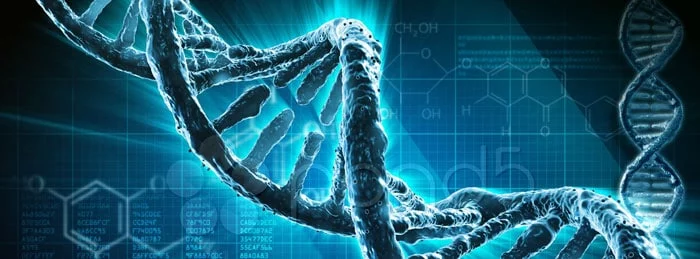
The immortal DNA strand is a theory that suggests the asymmetric division of the DNA of adult stem cells through selective retention as opposed to random segregation during mitosis. The process also has the potential to retain a different outline of parental DNA strands per division.
The “immortal strand hypothesis” is an intriguing concept in the field of stem cell biology. Stem cells have the unique ability to undergo asymmetric cell division, wherein one daughter cell remains a stem cell (self-renewal) while the other daughter cell differentiates into a specific cell type.
The immortal strand hypothesis suggests that when a stem cell divides, it selectively retains the older, “original” or “immortal” strands of DNA, and passes the newly synthesized DNA strands to the differentiating daughter cell. The proposed advantage of this mechanism is that it would minimize the number of mutations accumulated in the stem cell pool, as DNA replication is a primary source of mutations. By retaining the older, “immortal” DNA strands, stem cells might protect their genome from replication-induced errors over time.
This hypothesis is based on the following ideas:
However, the validity and universality of the immortal strand hypothesis are still debated:
While the immortal strand hypothesis presents a fascinating mechanism by which stem cells might preserve their genomic integrity, the concept remains controversial and requires further investigation.The Immortal Strand theory was first proposed by researcher John Cairns in 1975. To learn more about DNA and genetic testing contact us.
Chimeric antigen receptor-T cell treatment (CAR-T cell therapy) holds immense potential to revolutionize organ transplantation, particularly for patients who struggle… Read More
In the ever-evolving landscape of nutrition science, the discourse around dietary fats has undergone significant transformation. The Regeneration Center is… Read More
New research shows that specific types of brain cells become active after brain injuries and exhibit properties similar to those… Read More
Chemokines, critical components in the immune system, are small proteins that facilitate the migration and positioning of immune cells throughout… Read More
Stem cell research examines everything from gene expression to differentiation capacities to therapeutic potentials. With such diverse data types and… Read More
Stem cell therapy has emerged as a revolutionary new treatment approach for neurological and spinal disorders. One up-and-coming method of… Read More